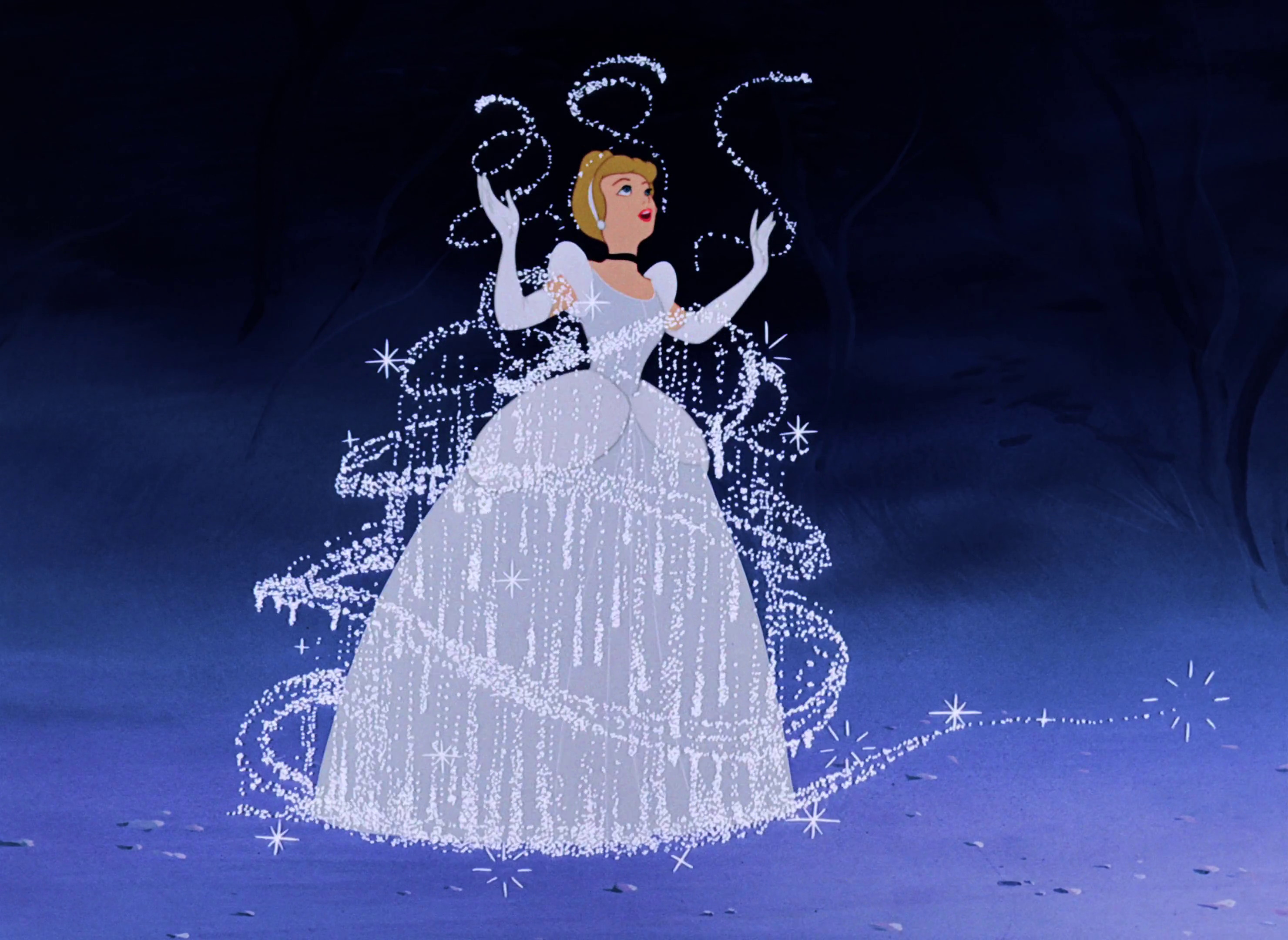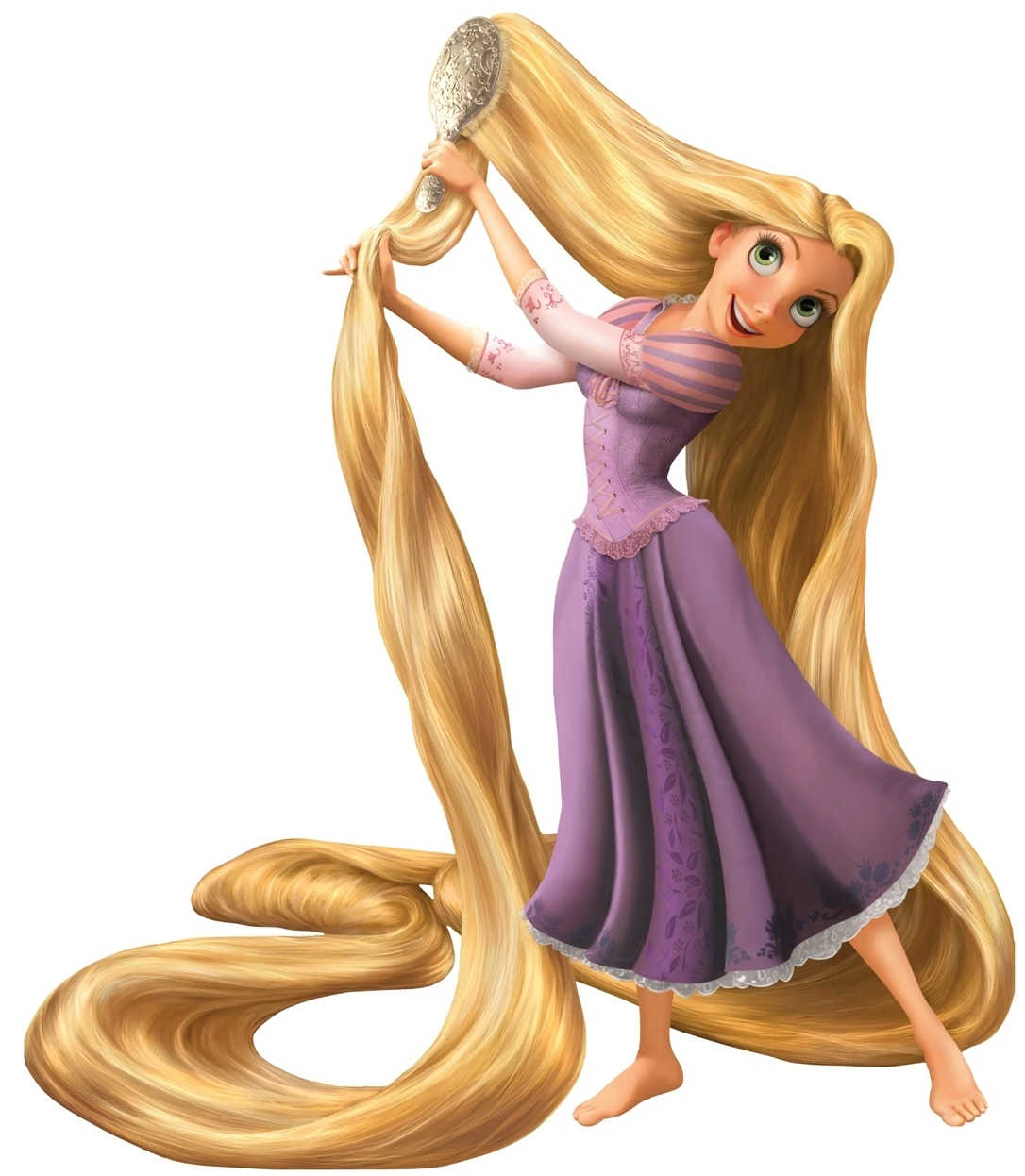The Brothers Grimm , Jacob (1785–1863) and Wilhelm Grimm (1786–1859), were German academics, linguists, cultural researchers, lexicographers and authors who together specialized in collecting and publishing folklore during the 19th century. They were among the best-known storytellers of folk tales, and popularized stories such as "Cinderella" ("Aschenputtel"), "The Frog Prince" ("Der Froschkönig"), "The Goose-Girl" ("Die Gänsemagd"), "Hansel and Gretel" ("Hänsel und Gretel"), "Rapunzel", "Rumpelstiltskin" ("Rumpelstilzchen"),"Sleeping Beauty" ("Dornröschen"), and "Snow White" ("Schneewittchen"). Their first collection of folk tales, Children's and Household Tales (Kinder- und Hausmärchen), was published in 1812.
- Cinderella
"Cinderella", or "The Little Glass Slipper" , is a European folk tale embodying a myth-element of unjust oppression.


- Hansel and Gretel
"Hansel and Gretel" (also known as Hansel and Grettel, Hansel and Grethel, or Little Brother and Little Sister) is a well-known fairy tale of German origin, recorded by the Brothers Grimm and published in 1812. Hansel and Gretel are a young brother and sister kidnapped by a cannibalistic witch living deep in the forest in a house constructed of cake and confectionery. The two children save their lives by outwitting her. The tale has been adapted to various media, most notably the opera Hänsel und Gretel (1893) by Engelbert Humperdinck and a stop-motion animated feature film made in the 1950s based on the opera. Under the Aarne–Thompson classification system, "Hansel and Gretel" is classified under Class 327.
- Rapunzel
"Rapunzel" is a German fairy tale in the collection assembled by the Brothers Grimm, and first published in 1812 as part of Children's and Household Tales. The Grimm Brothers' story is an adaptation of the fairy tale Rapunzel by Friedrich Schulz published in 1790. The Schulz version is based on Persinette by Charlotte-Rose de Caumont de La Force originally published in 1698 which in turn was influenced by an even earlier tale, Petrosinella by Giambattista Basile, published in 1634. Its plot has been used and parodied in various media and its best known line ("Rapunzel, Rapunzel, let down your hair") is an idiom of popular culture. In volume I of the 1812 annotations (Anhang), it is listed as coming from Friedrich Schulz Kleine Romane, Book 5, pp. 269–288, published in Leipzig 1790.

- Sleeping Beauty
Sleeping Beauty" by Charles Perrault or "Little Briar Rose" by the Brothers Grimm is a classic fairy tale written by Charles Perrault and the Brothers Grimm, which involves a beautiful princess, a sleeping enchantment, and a handsome prince. The version collected by the Brothers Grimm was an orally transmitted version of the originally literary tale published by Charles Perrault in Histoires ou contes du temps passé in 1697.

- Snow White
"Snow White" is a German fairy tale known across much of Europe and is today one of the most famous fairy tales worldwide. The Brothers Grimm published it in 1812 in the first edition of their collection Grimms' Fairy Tales. It was titled in German: Sneewittchen (in modern orthography Schneewittchen) and numbered as Tale 53. The Grimms completed their final revision of the story in 1854.
- Protagonist
The protagonist , meaning "player of the first part, chief actor" or main character is a narrative's central or primary personal figure, who comes into conflict with an opposing major character or force (called the antagonist). The audience is intended to mostly identify with the protagonist. In the theatre of Ancient Greece, three actors played every main dramatic role in a tragedy; the protagonist played the leading role while the other roles were played by the deuteragonist and the tritagonist.
-
AntagonistAn antagonist is a character, group of characters, institution, or concept that stands in or represents opposition against which the protagonist(s) must contend. In other words, an antagonist is a person or a group of people who opposes a protagonist.
-
LexicographyLexicography is divided into two separate but equally important groups:Practical lexicography is the art or craft of compiling, writing and editing dictionaries.Theoretical lexicography is the scholarly discipline of analyzing and describing the semantic, syntagmatic and paradigmatic relationships within the lexicon (vocabulary) of alanguage, developing theories of dictionary components and structures linking the data in dictionaries, the needs for information by users in specific types of situations, and how users may best access the data incorporated in printed and electronic dictionaries. This is sometimes referred to as 'metalexicography'.A person devoted to lexicography is called a lexicographer.
-
Sidekick
A sidekick is a slang expression for a close companion or colleague (not necessarily in fiction) who is actually, or generally regarded as, subordinate to the one he accompanies. Some well-known fictional sidekicks are Don Quixote'sSancho Panza, Sherlock Holmes' Doctor Watson, and Batman's Robin.


 留言列表
留言列表


